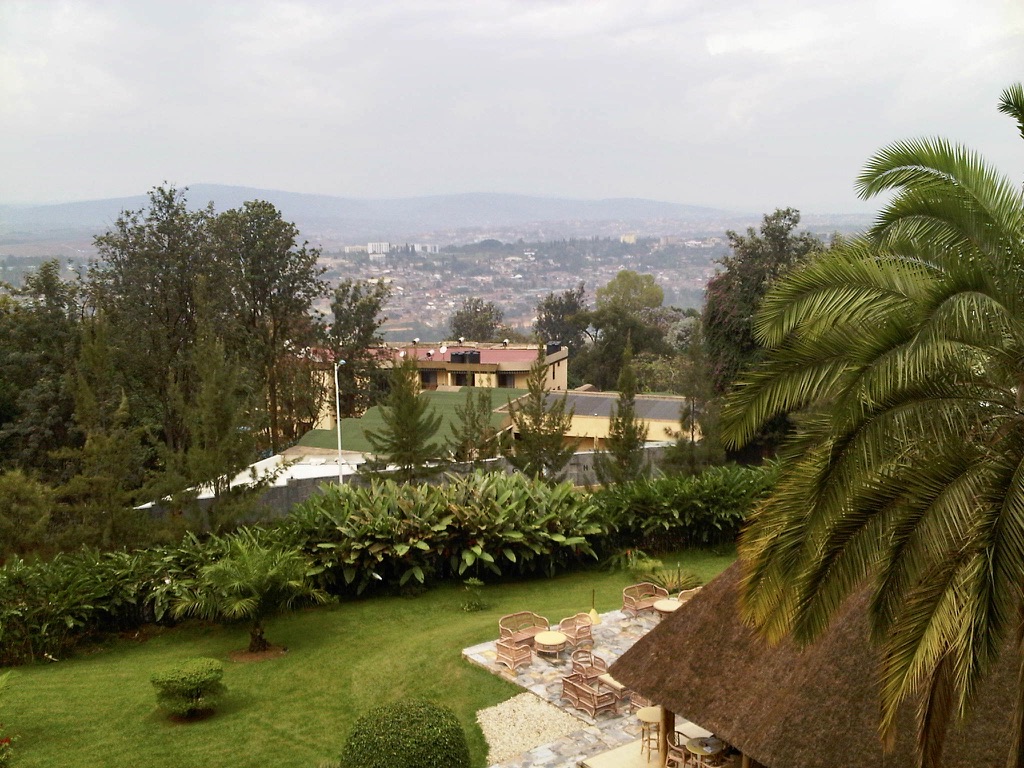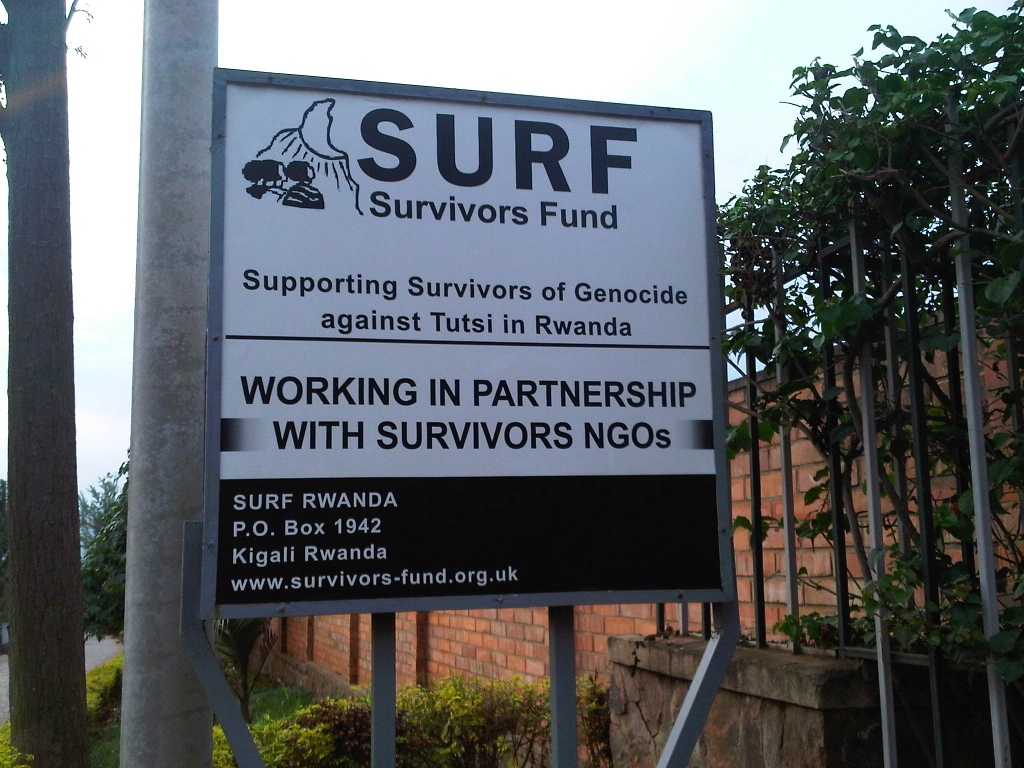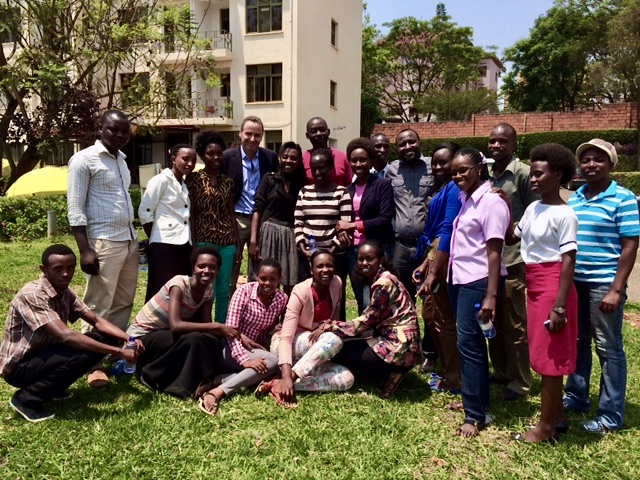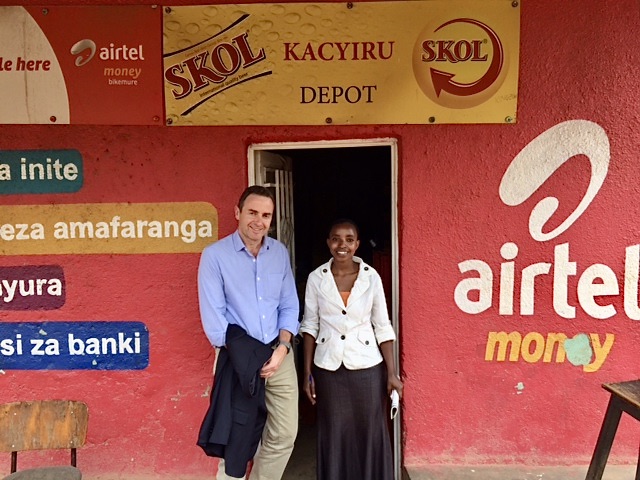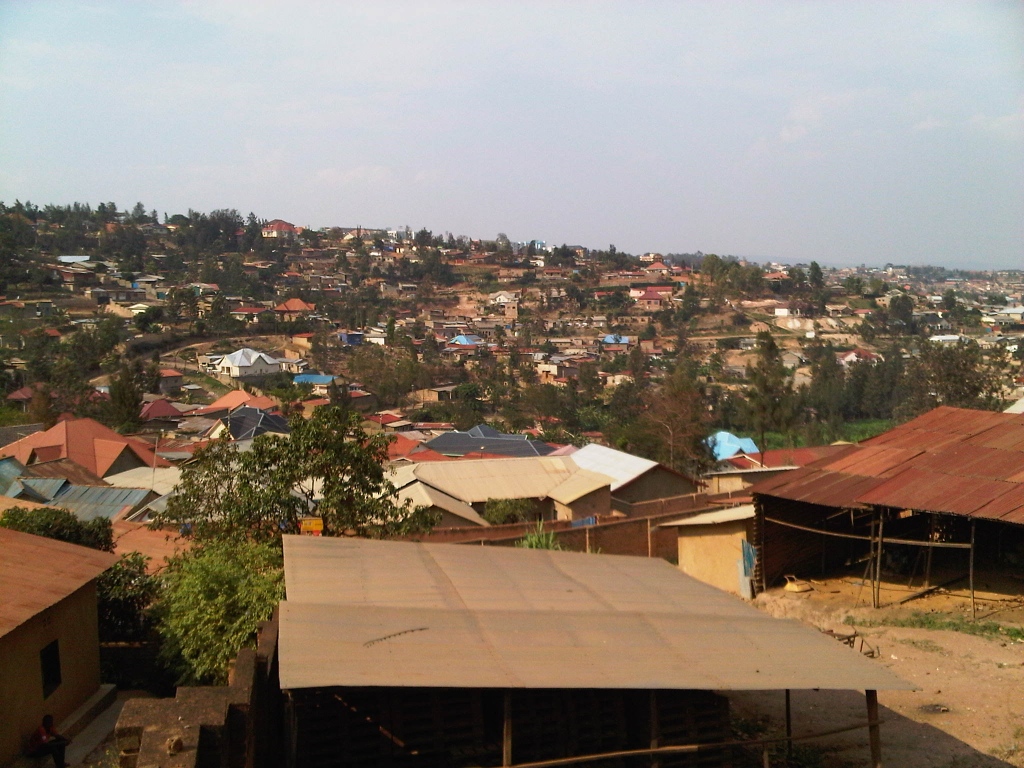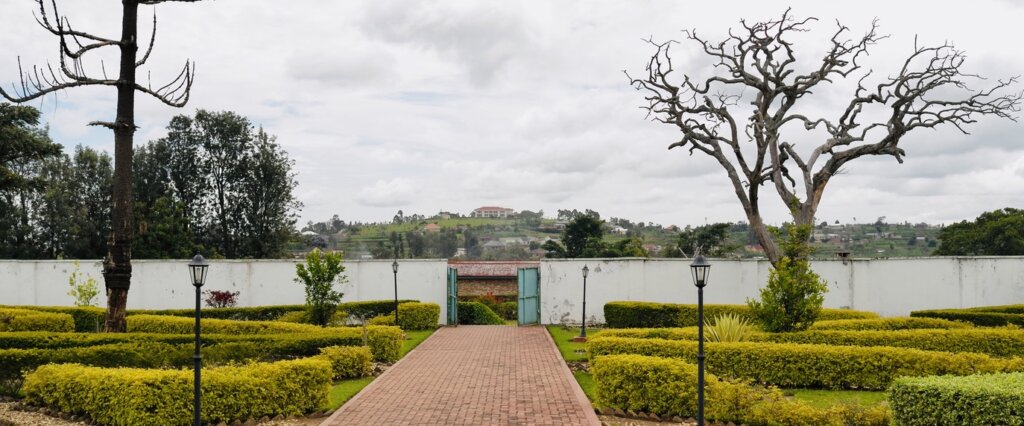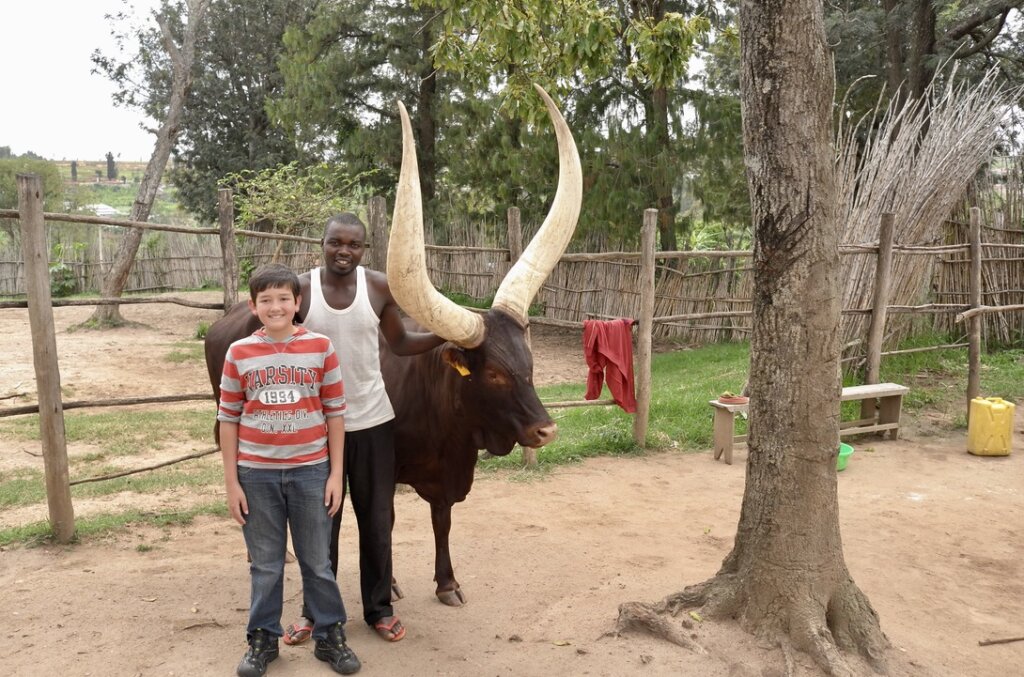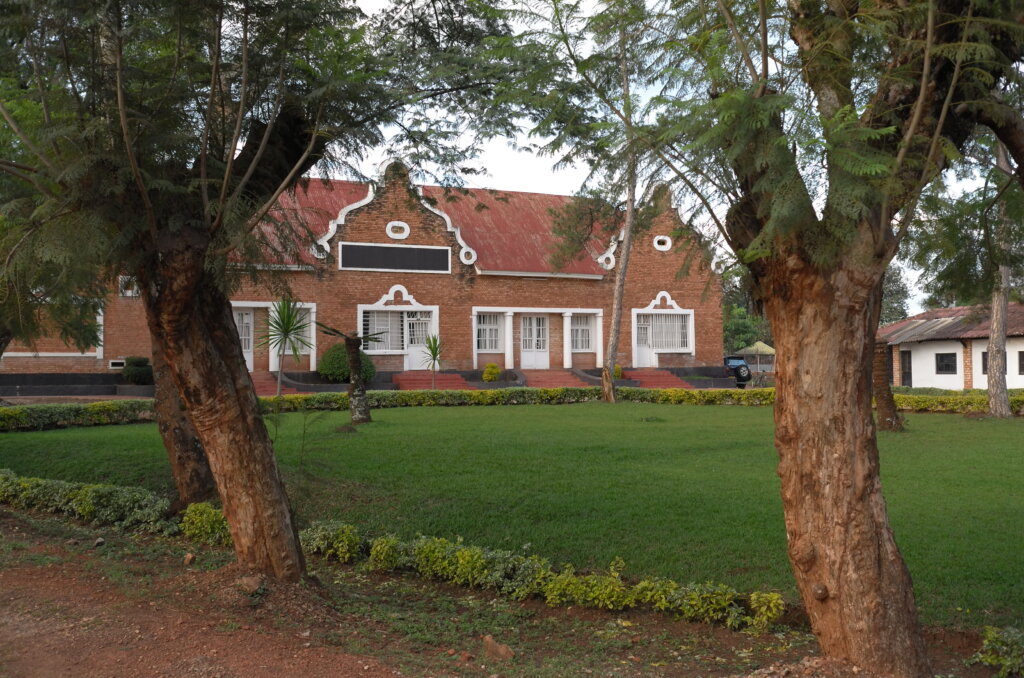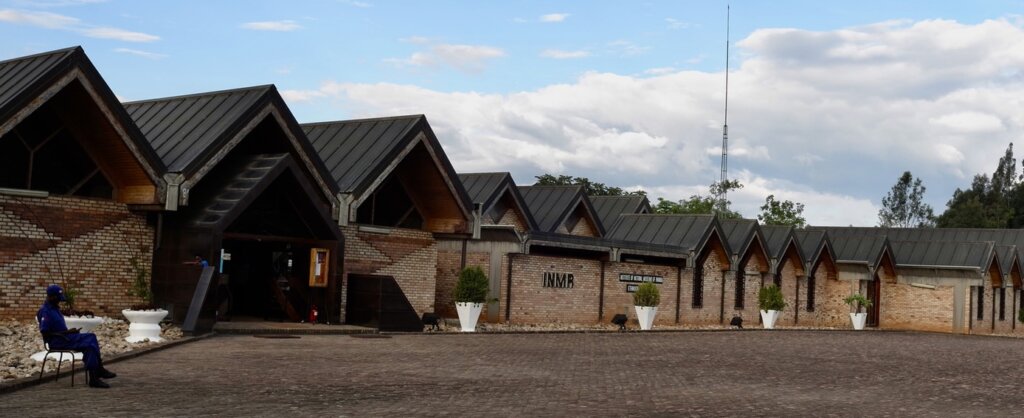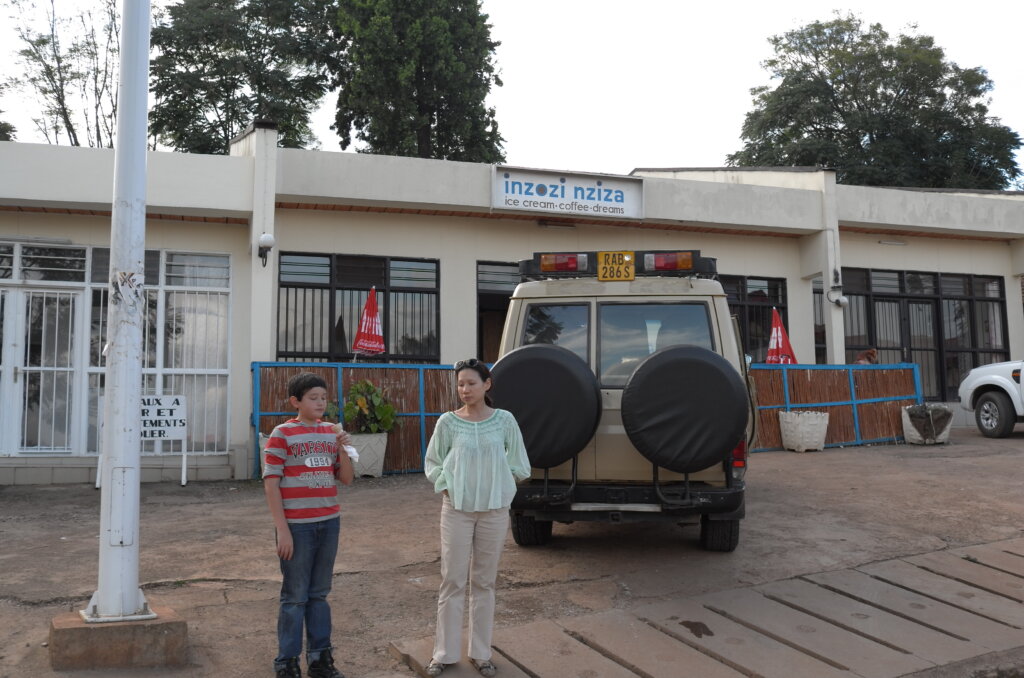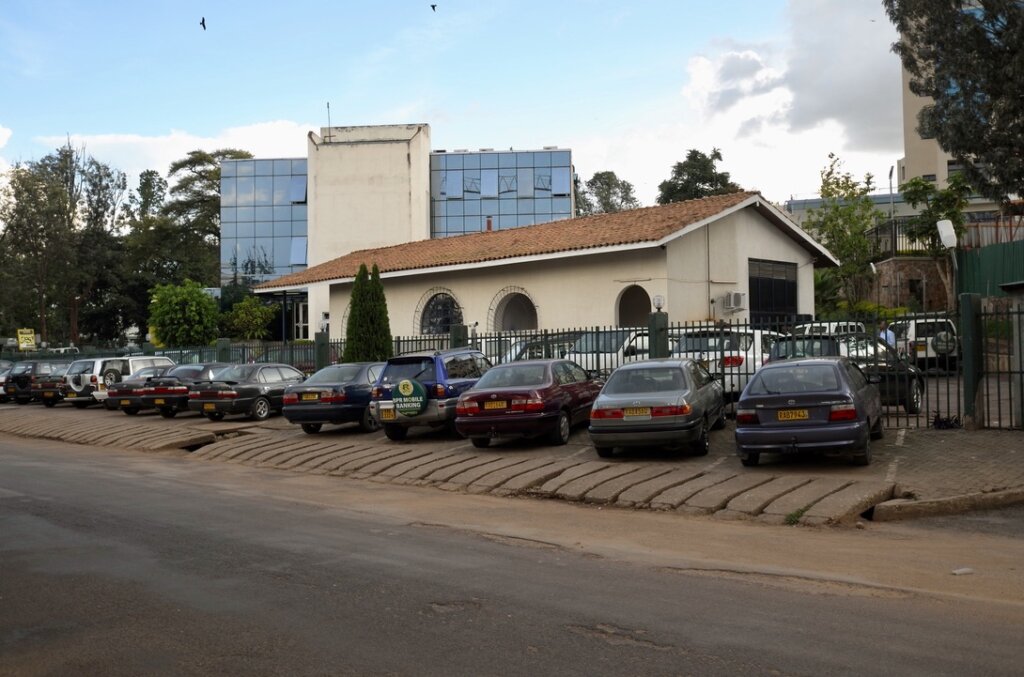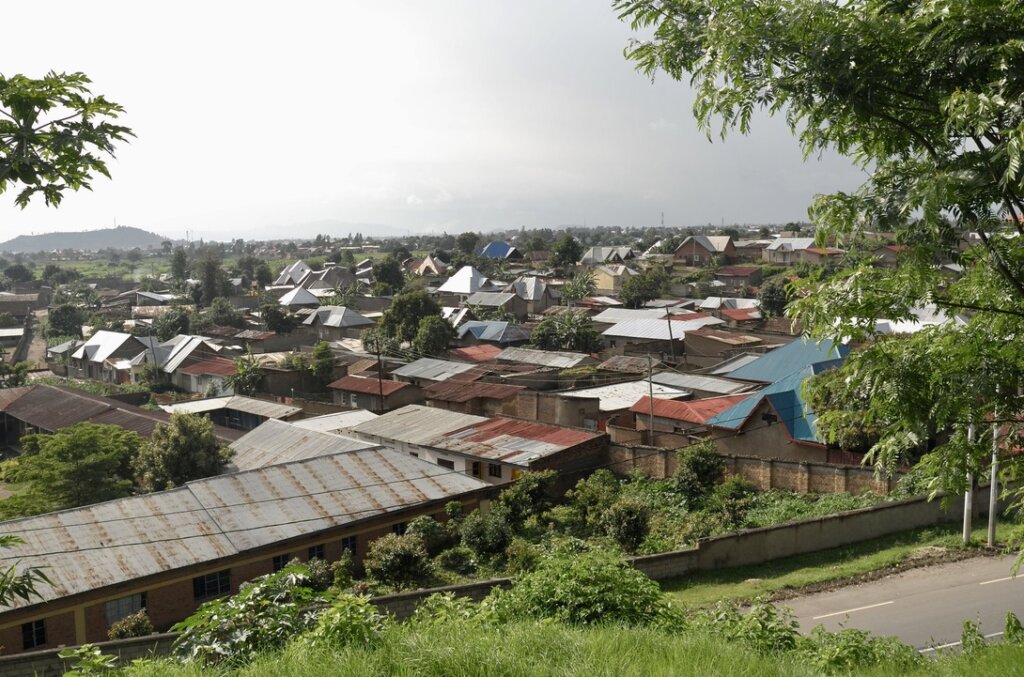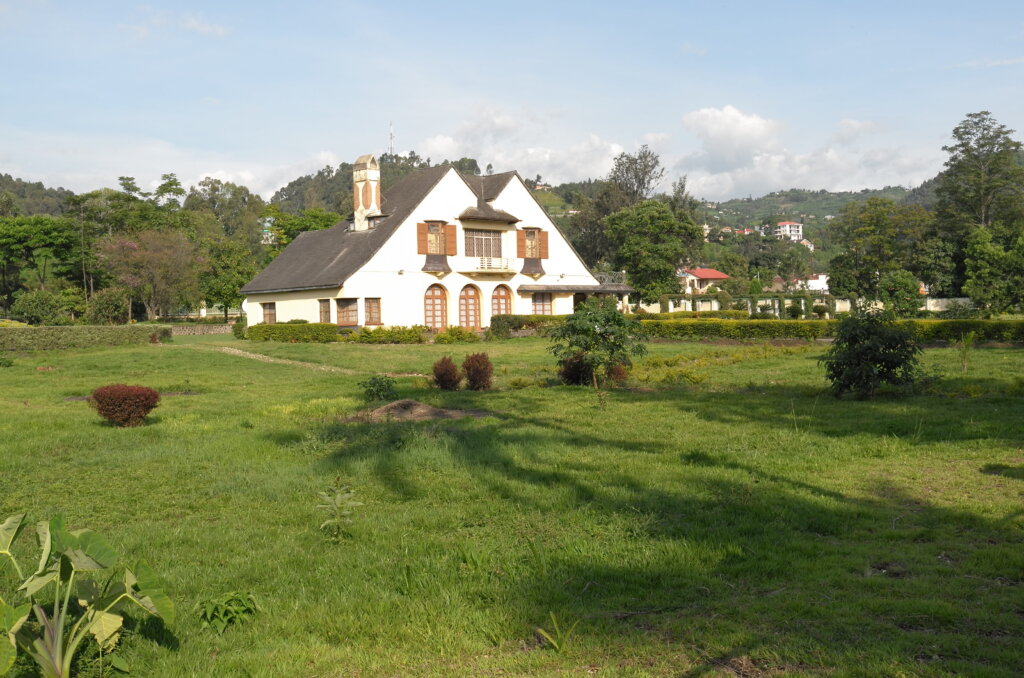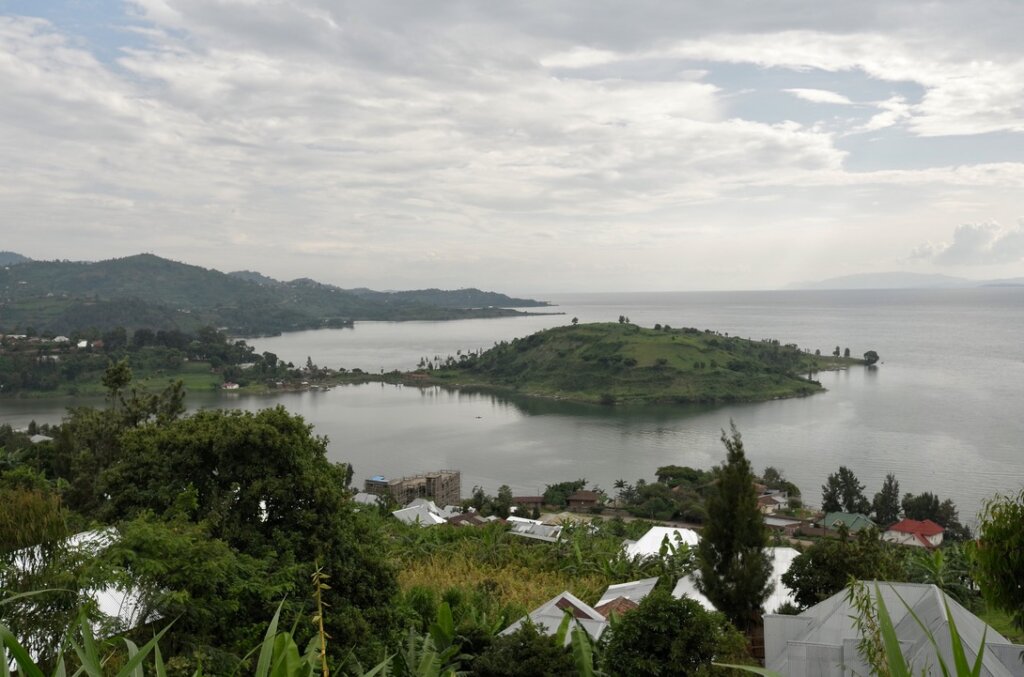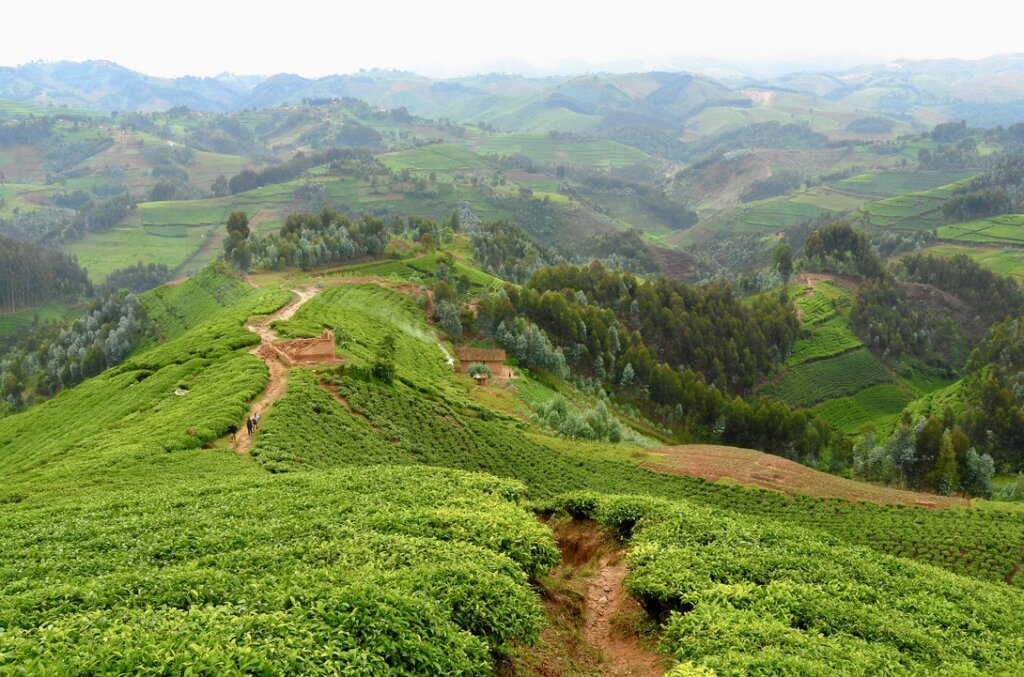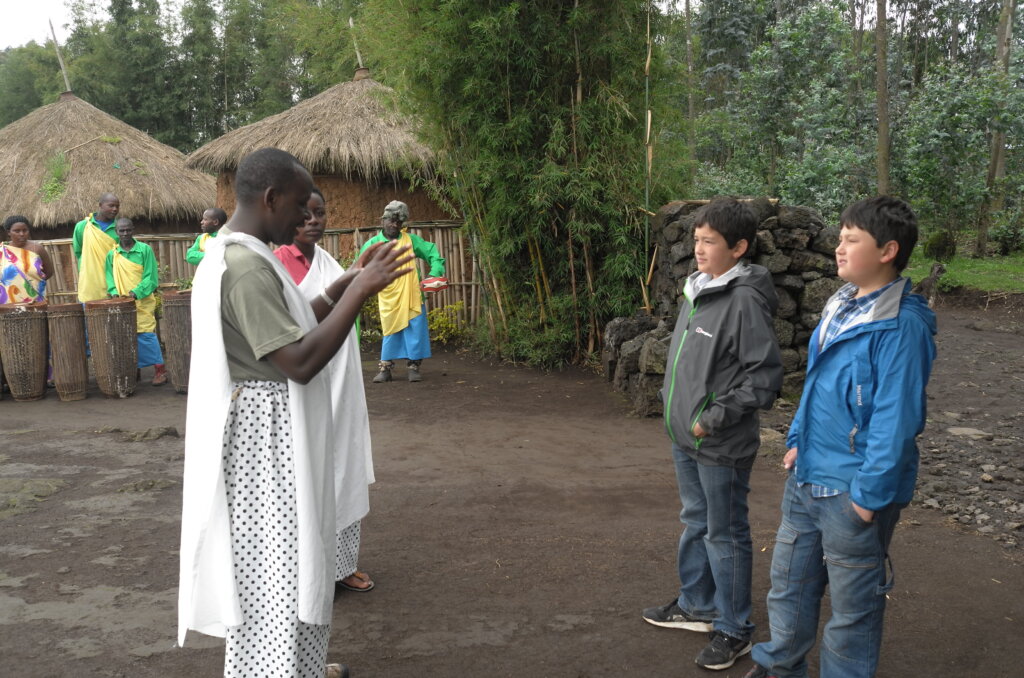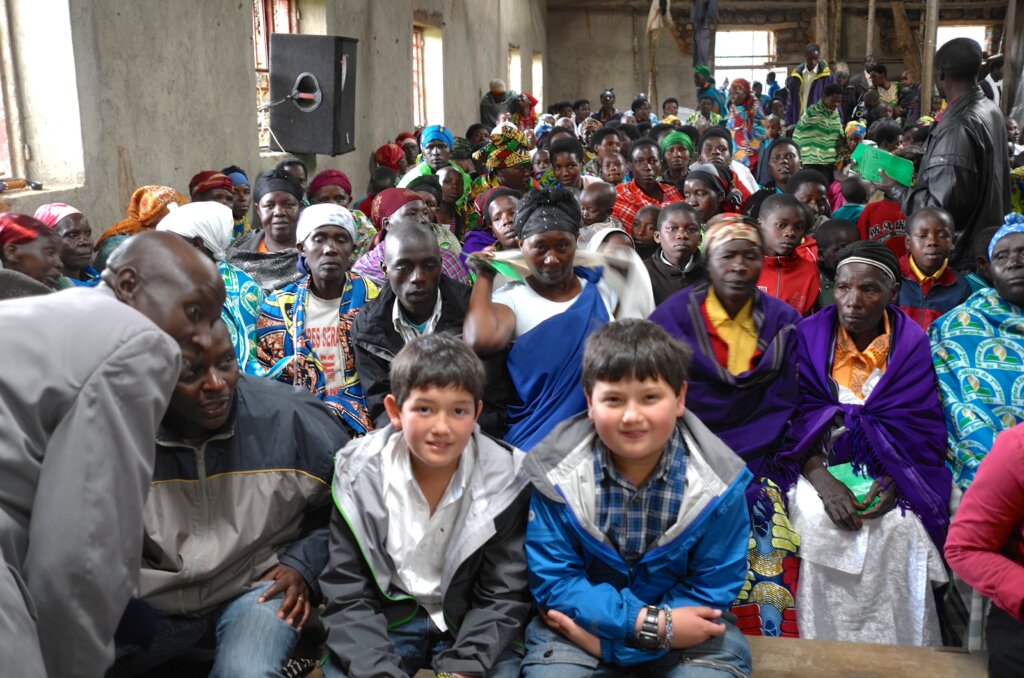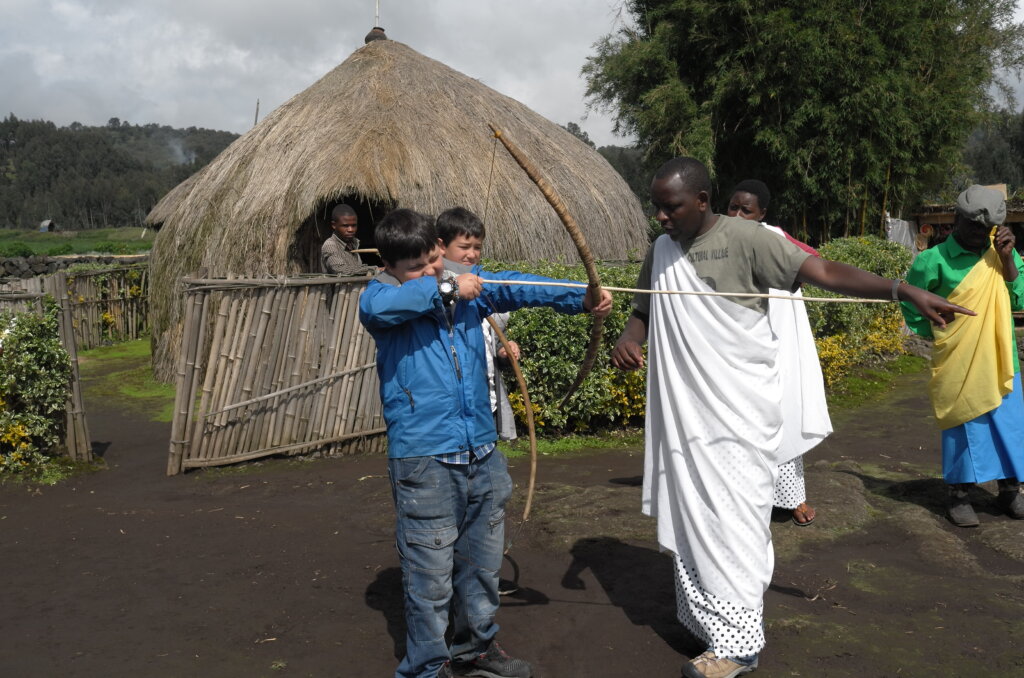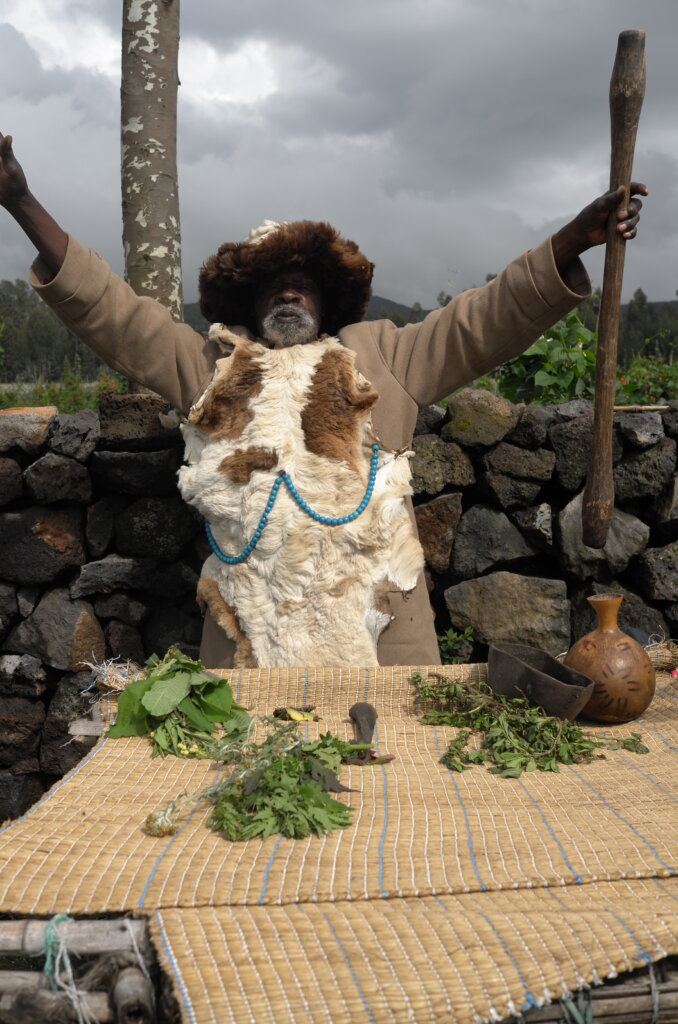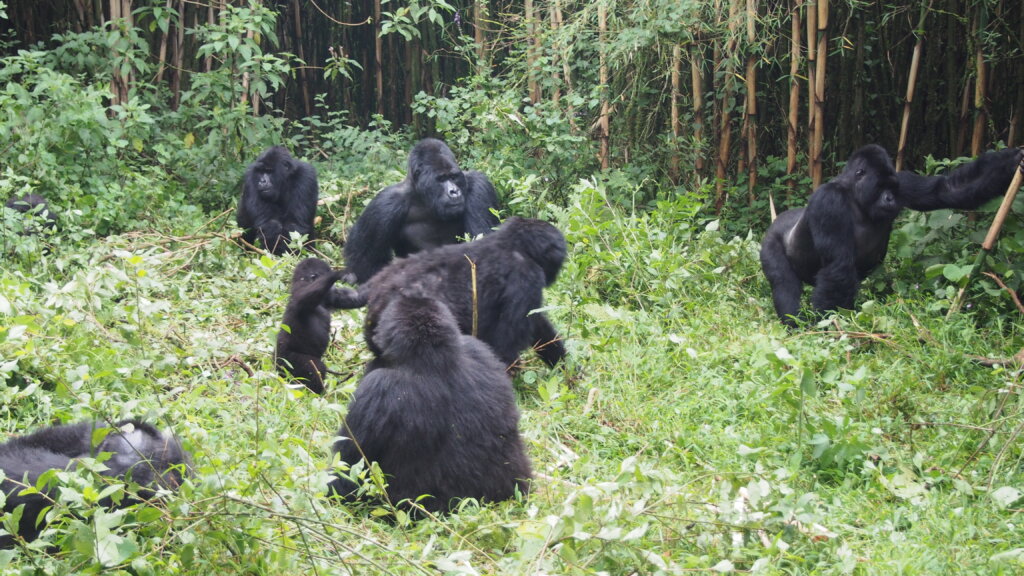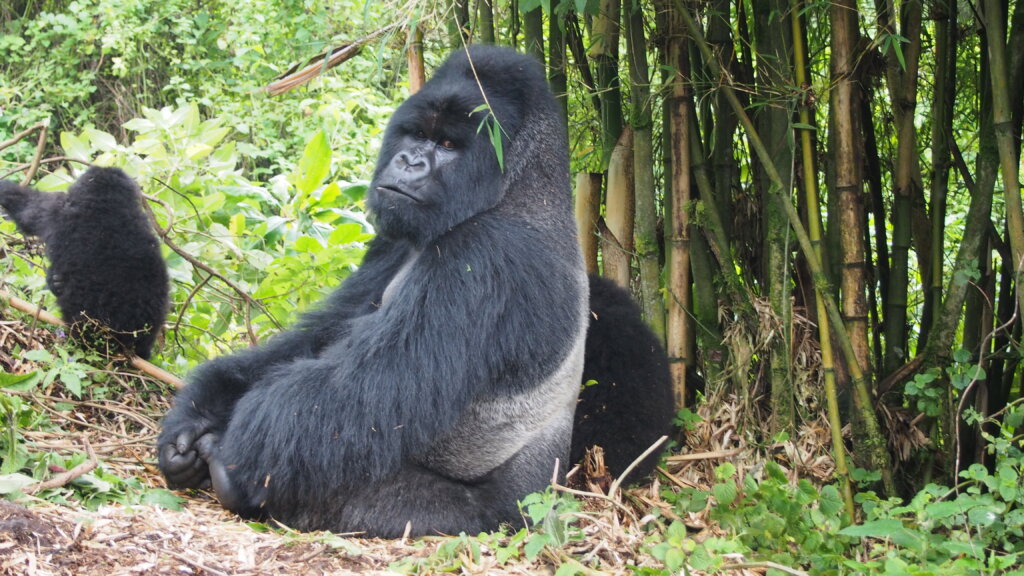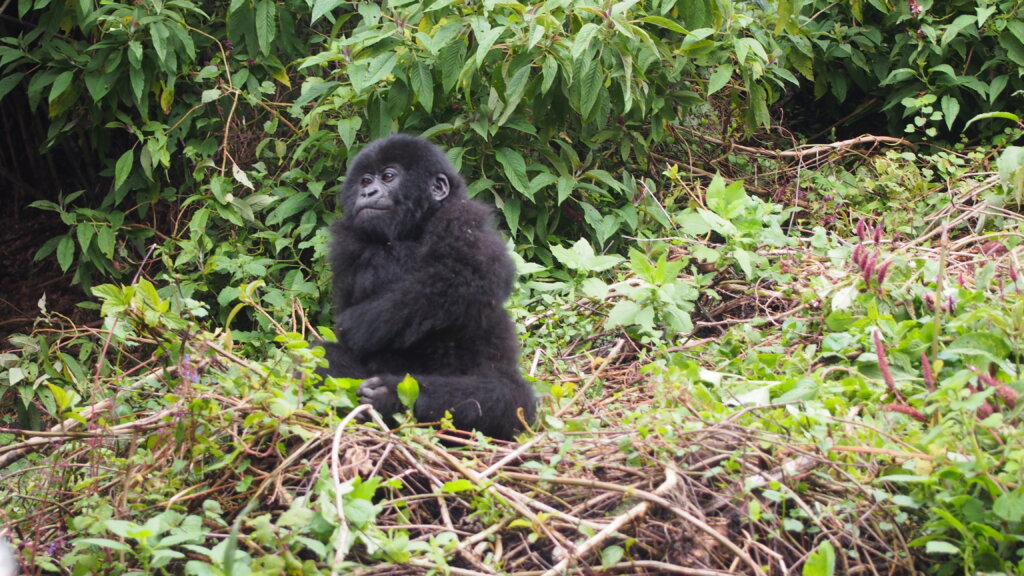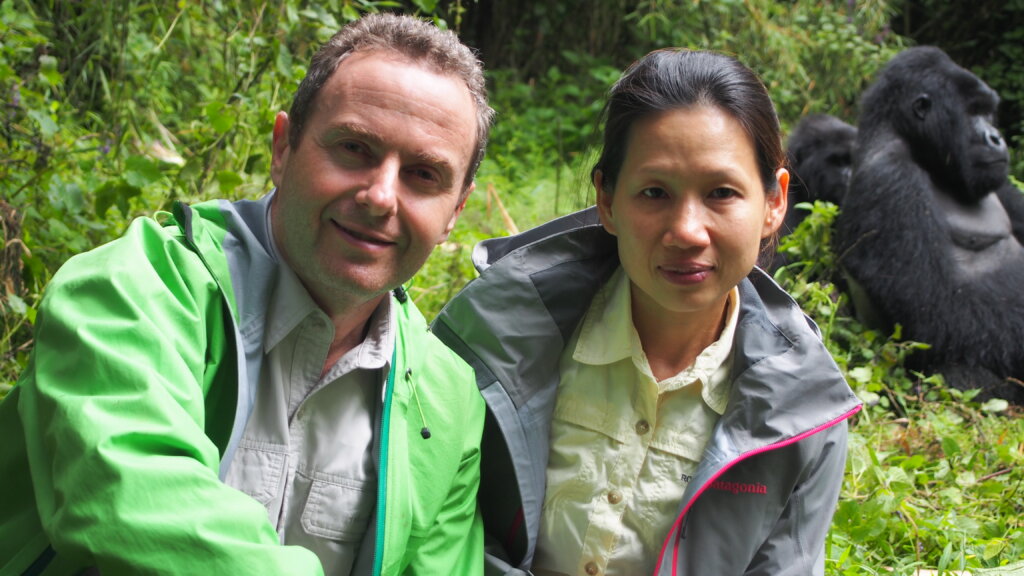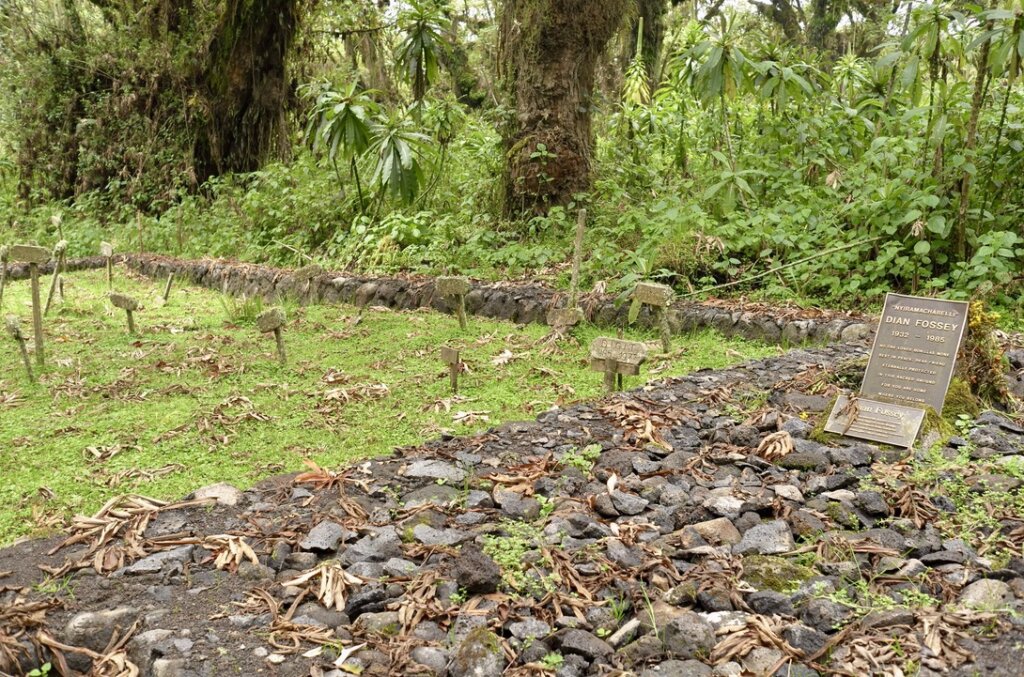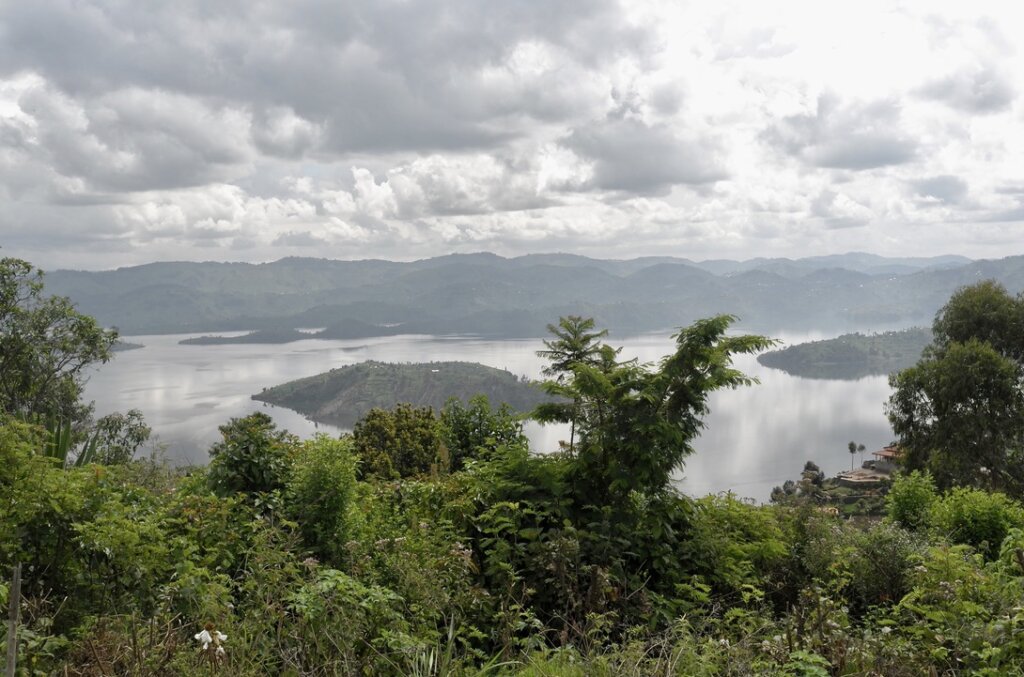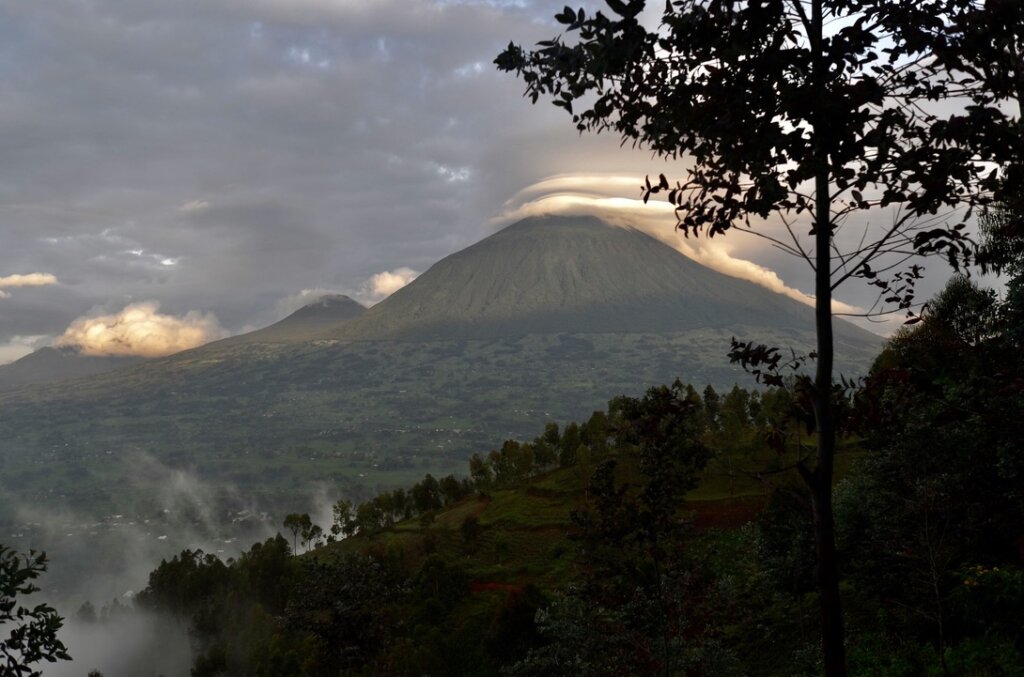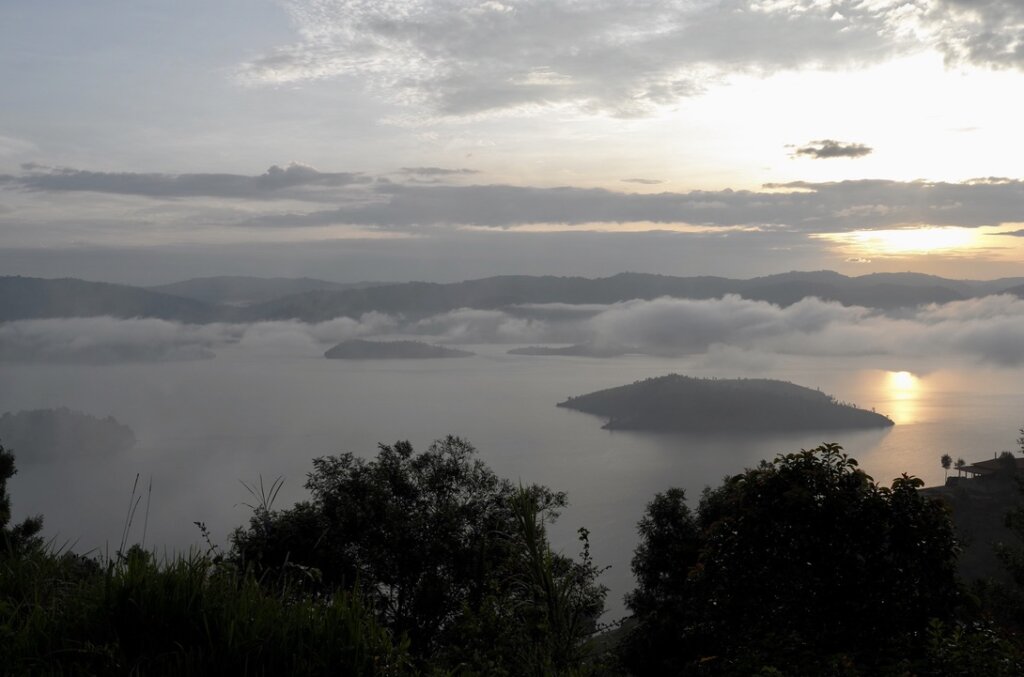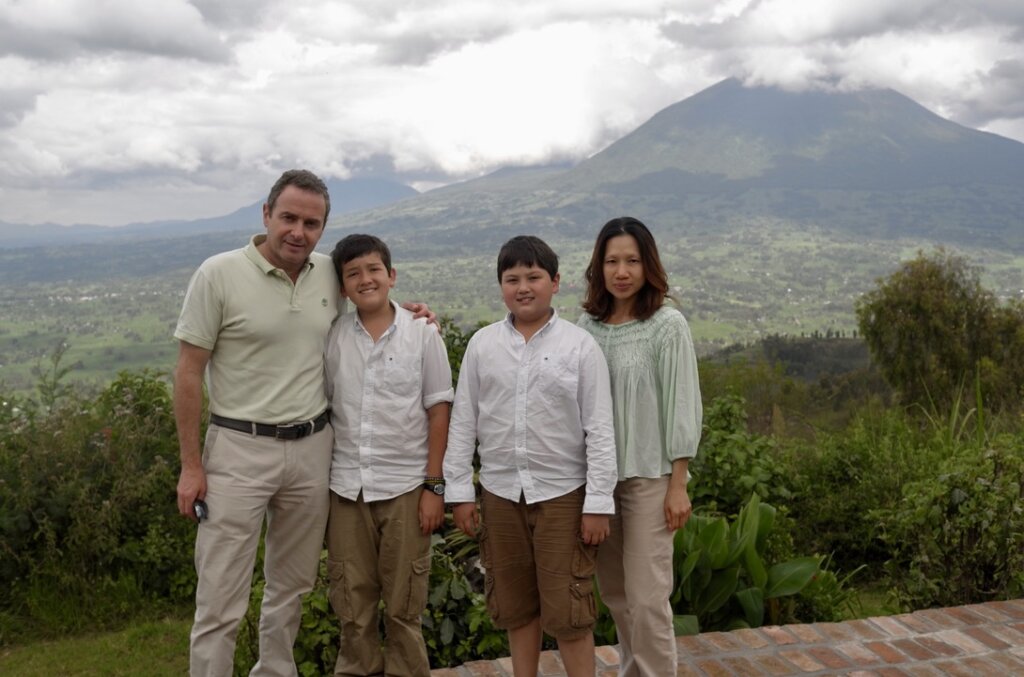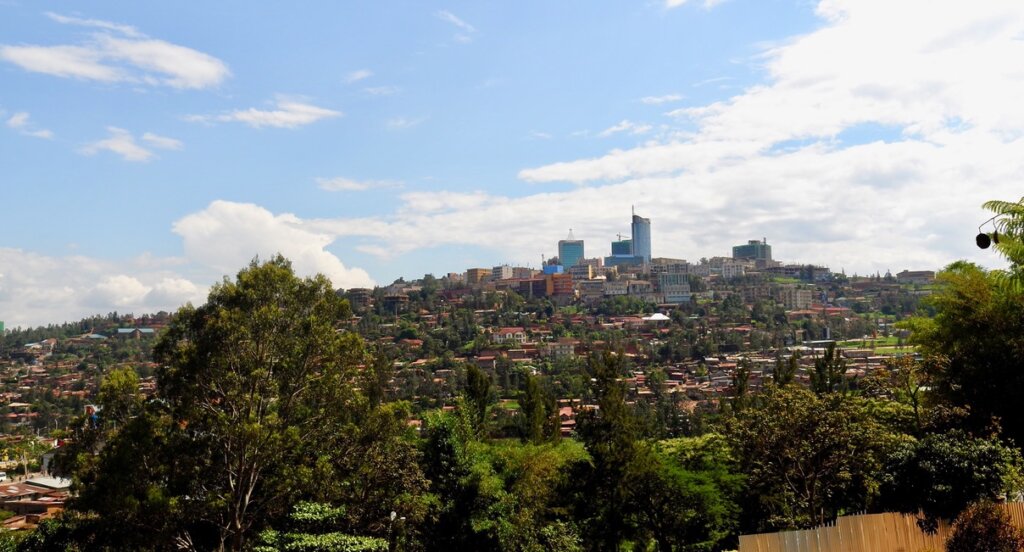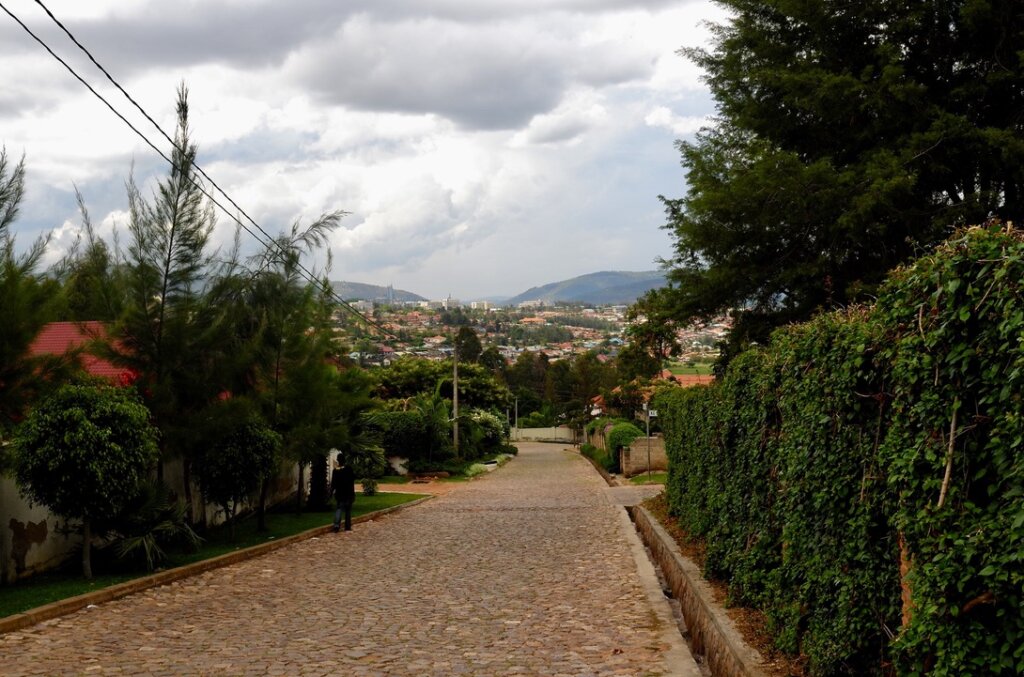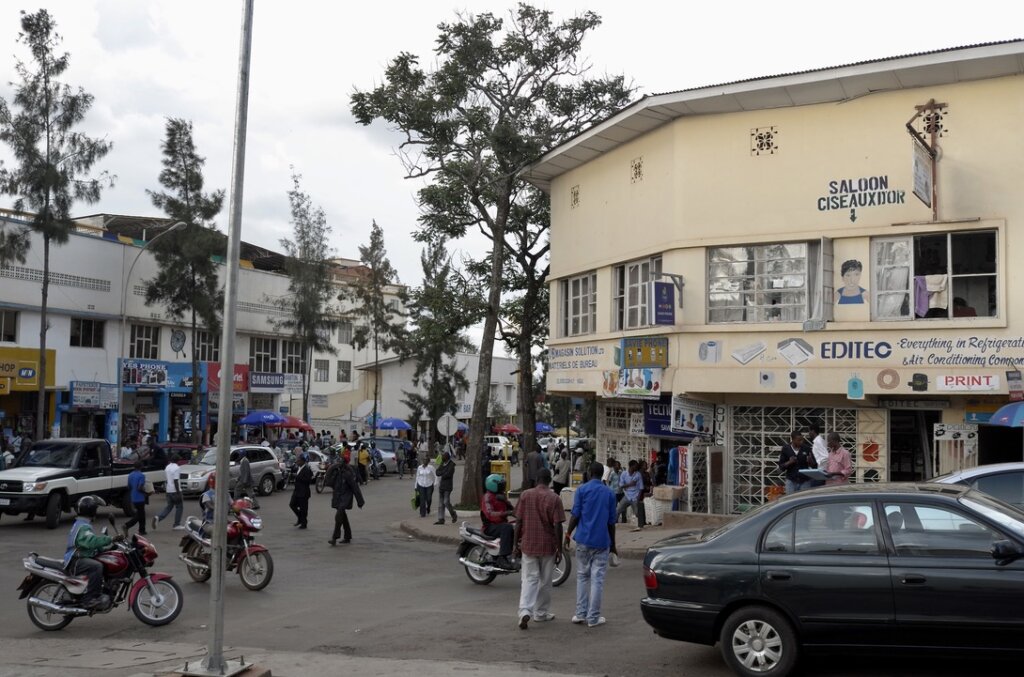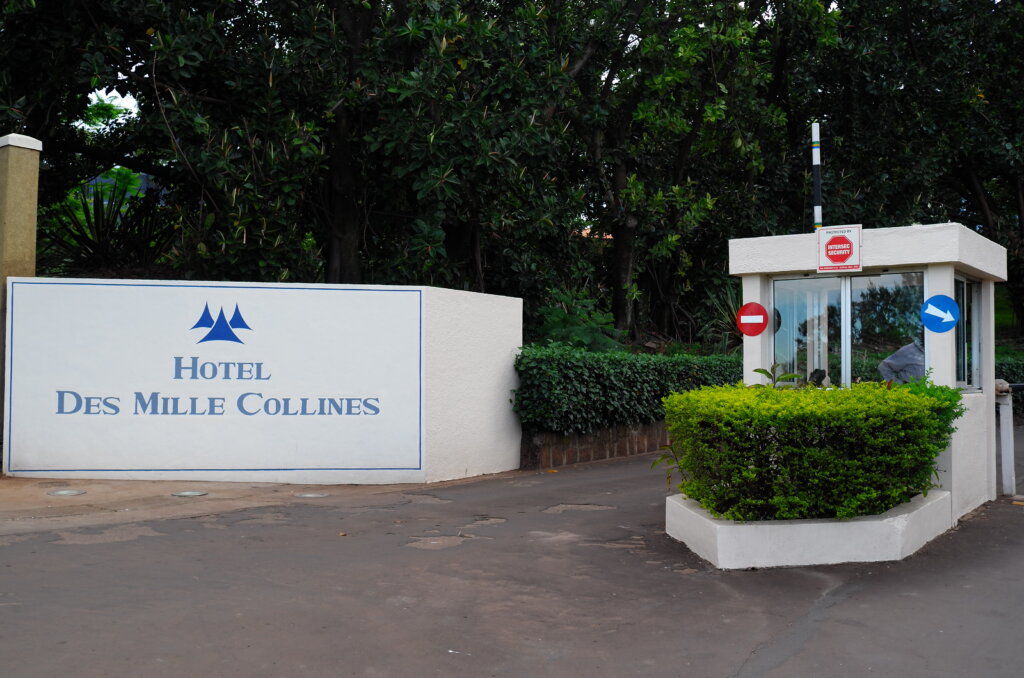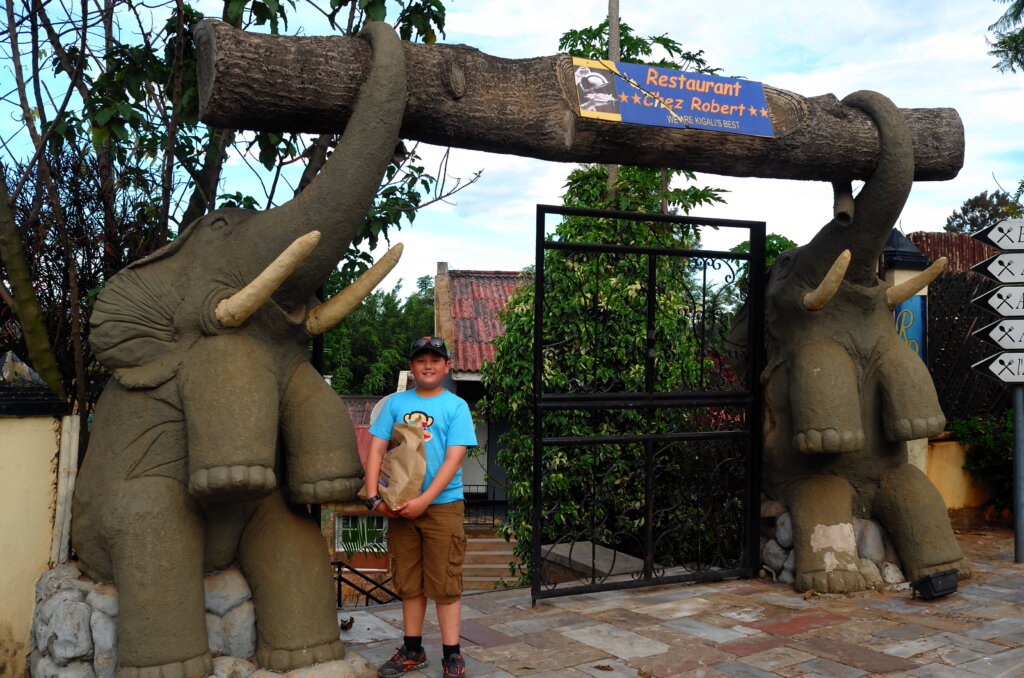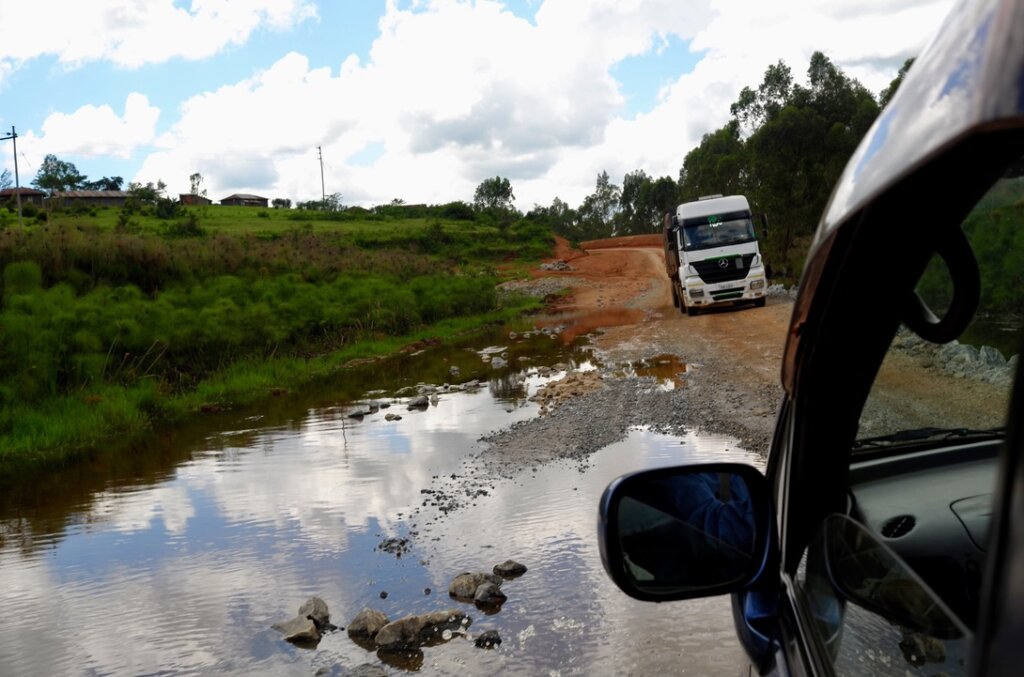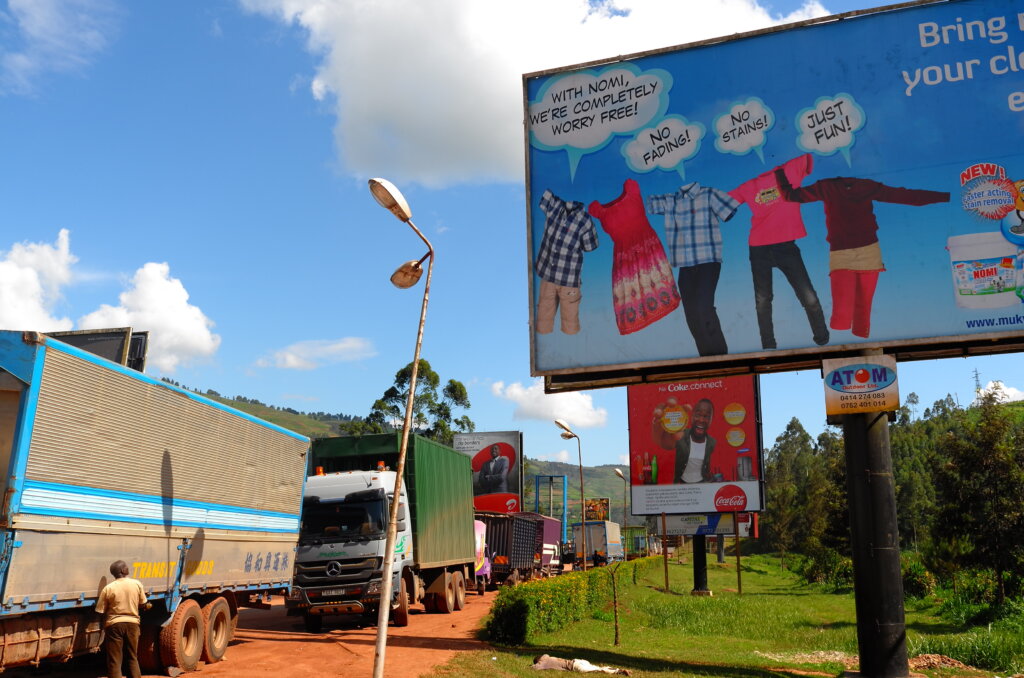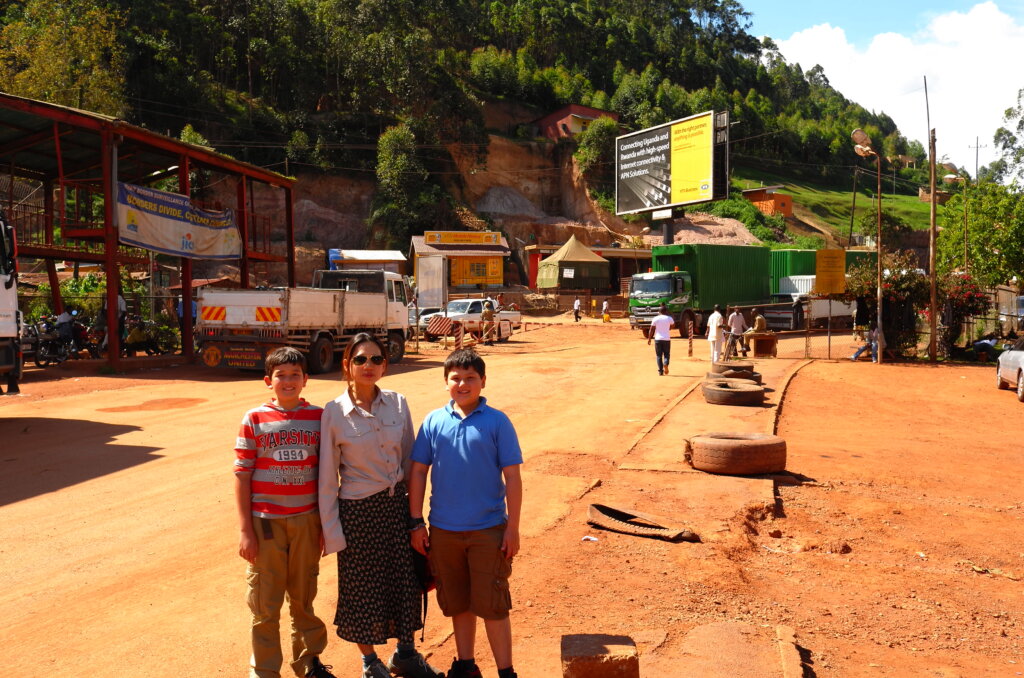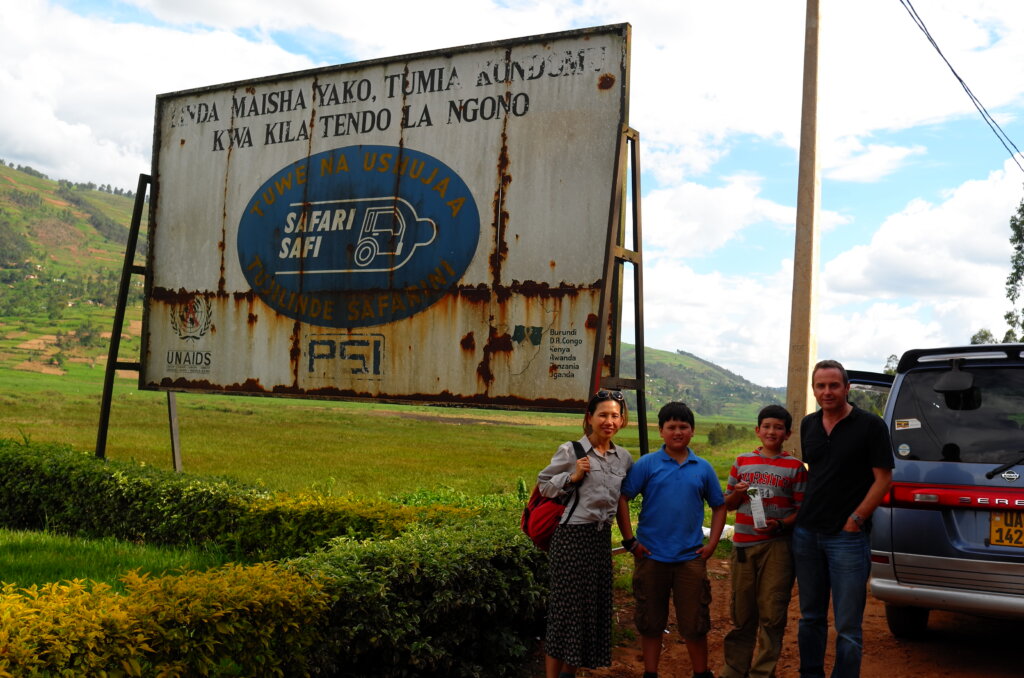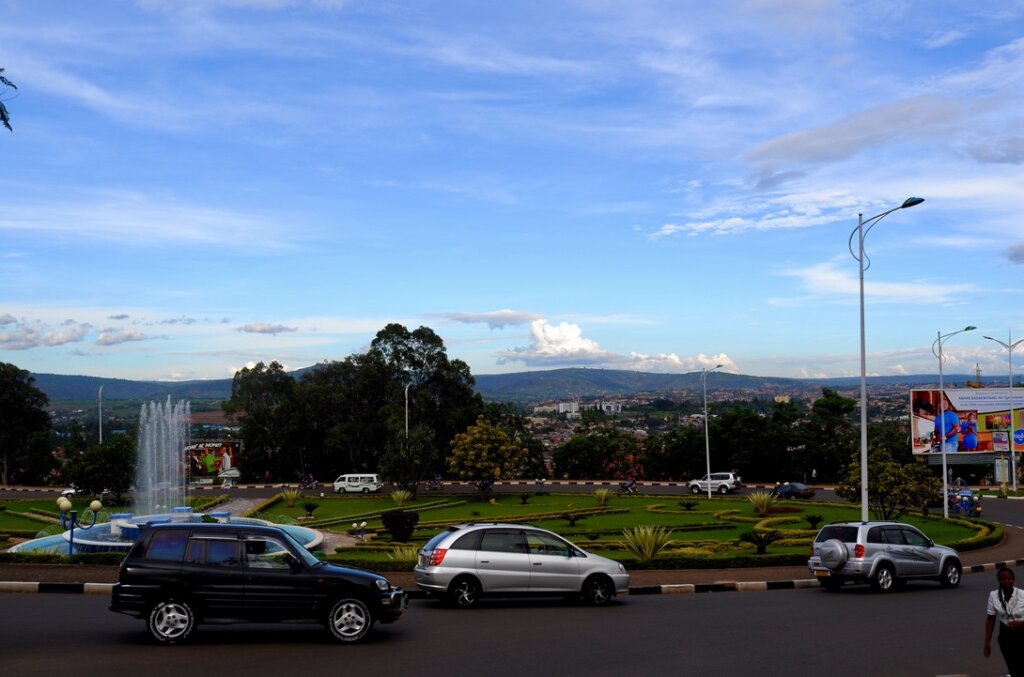Reminders of the Genocide are everywhere in Rwanda. During a hundred day period, in 1994, one million (mainly Tutsi) people were killed in their homes, in schools, in churches, on the streets. Neighbour killed neighbour. Friend killed friend. Parents killed their children’s school friends. Priests facilitated the killing of their flock. The victims were not simply killed. The goal of the genocidaires was to deprive the Tutsi of their humanity. The victims were endlessly tortured and humiliated before being killed. Parents were made to watch as their children were first tortured, then killed. Women were systematically raped by HIV-positive men. Today, 67% of the survivors are HIV-positive.
Just outside of Kigali, in pretty countryside, there are two churches which were the scene of massacres in April 1994.
In Nyamata, 11,000 Tutsi who had sought refuge in the church were slaughtered with hand grenades and finished off with machetes and clubs. The church has been left as it was 19 years ago, its walls bullet ridden, its furniture shattered. The blood stained clothes of the victims have been piled up on all the church benches and every other available space; some other belongings, watches, crucifixes, are stuffed in boxes.
The bones of thousands of Tutsi are displayed in crypts inside the church and in the gardens around it. The skulls, neatly lined up all bear the marks of lethal wounds.
There is a school somewhere near the church and we can hear children playing and laughing in the distance – as we enter the church, the darkness closes in on us, and the laughter outside becomes fainter, almost unreal. Walking through the church, alone, surrounded by the thousands of shapeless clothes, we feel like we have left the world of the living. The borders between nightmare and reality are blurred. We can see the faint outline of the dead shifting in an out of focus. We feel the cold breath of Death just behind us and do not dare to look back.
Ntarama is smaller than Nyamata. Here again, we are alone with a custodian who guides us around. The church was badly damaged by grenades and fire. It has also been left untouched since the massacre, 19 years ago.
5,000 Tutsi were slaughtered here and the shreds of their clothes are hanging from every rafter in the building. There is no mass grave in Ntarama, so the bones of the dead have been grouped together in coffins which are piled high inside the church. Bins contain their other belongings. One is full of shoes. Another, full of pots and containers which they had brought with them when they fled here.
In one small outbuilding, we find the torn and blood stained books and games which the children had brought with them. In another outbuilding used to host Sunday school, the wall which the killers used to smash the babies still bears their blood stains.
A poignant phrase on the broken altar of the Ntarama church reads: “if you had known yourself, and known me, you would not have killed me”.
When we return to the busy, well organized streets of Kigali, that afternoon, we see it in a different light. People are almost maniacally organized and purposeful because they can’t afford a moment of idleness which would bring back the memory of those 100 days of darkness.
